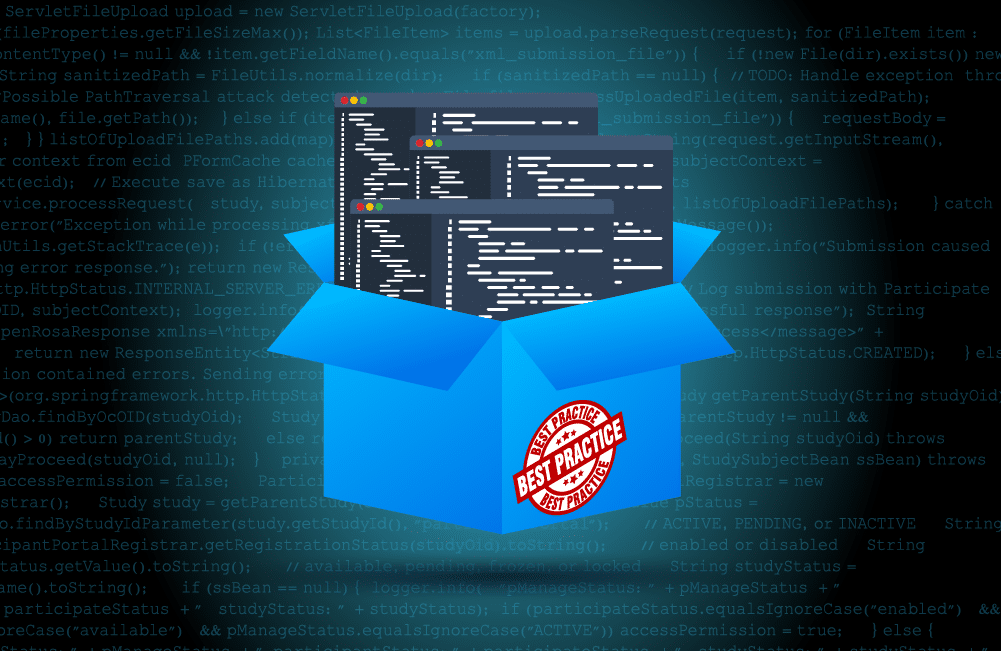Open Source License Management Tools: Features and Best Practices


Effectively managing the many open source licenses used in enterprise software is a complex task that requires a thorough evaluation of key features in software license management tools. After that, you need to implement the technology using several best practices. In this blog post, let’s take a brief look at both.
Key license management features
License management tools should be comprehensive, easy to use, and integrate well into existing development environments. Let’s take a brief look at some of the key features.
- Effective tracking. There are over 200 different open source licenses with particular terms and conditions. Your license management tool must be able to track them all and ensure compliance with legal requirements.
- Early implementation. The tool should be deployable early in the software development life cycle (SDLC) to quickly find and address components with problematic licenses before production is complete. This saves developers from the complex and time-consuming task of removing and replacing code at the end of a production life cycle. It also reduces the risk of discovering issues post-release — at that point, you’re infringing license terms and there could be legal implications.
- Automation. Your license management tool should enable you to set up a custom license policy, define automatically approved and rejected licenses, and list those that need to be approved on a case-by-case basis. All approvals should be tracked, signed, and archived within the tool’s system for later access.
Your tool should then send automatic alerts so that issues can be fixed before software is incorporated into the build. Applications for licensing and copyright creation should be automated to further streamline license compliance.
License management best practices
- Standardize procurement processes throughout your organization and define the way you store licenses. Standardization reduces variation, which increases consistency and reduces the chance for issues to fall through the cracks.
- Create a centralized license inventory to provide one source of truth and streamline search. Assign a single inventory manager if possible.
- Catalog your software so you know precisely what you’re using. Make sure you implement a system that makes it easy to identify which licenses go with which software.
- Install license management tools on all your systems, even those that presently don’t run or aren’t connected to the network. This ensures comprehensive coverage. Remember, you’re likely to use dependencies, so even when one component might not need a paid license, there may be software associated with it that does.
- Understand your software, how it’s used, installed, and accessed. You may find things you’re unaware of, or things that are now redundant that you can remove.
- Review and measure the licenses you need to make sure that they cover all of the ways you use the software.
- Regularly update your inventories to be certain that you continue to comply with licenses and any updates that may arise.
Q&As
You need open source license management to:
- Ensure that your use of software, components, and dependencies complies with their licenses and terms and conditions (T&Cs)
- Avoid legal consequences of infringing these licenses
- Maximize the visibility of the software, components, and dependencies that you use, and keep track of them
- Reinforce security by knowing which licenses are up to date, obsolete, and which software may have vulnerabilities that could pose risks
- Optimize software use in your organization
- Improve cost-effectiveness and efficiency by identifying which licenses you need, how many users you need to pay for, and what kind of usage you need to cover
There are over 200 open source licenses in use.
Open source software is freely licensed, so you can use, copy, study, and change it, and the source code is openly shared so that people can use it and improve it. However, licenses define what users are allowed to do with the software components, their obligations, and what they cannot do in line with T&Cs. It’s expected that others will use, change, and share open source software, but nevertheless, the legal default remains exclusive copyright, so users are advised to get a license that explicitly states the permissions and conditions. It’s important to be aware that within some software there may be dependencies that have their own licenses. It’s therefore important to check the licenses for each component and dependency to ensure compliance.
The author and/or the rights owner, who are often one and the same. Other contributors can have contributor license agreements in place, and project partners may have agreements included in any license requirements. Plus, any third-party content that has been used, such as code or artwork, may have its own license requirements that can affect what licenses you use.
